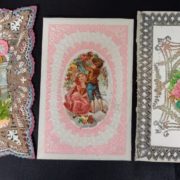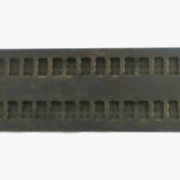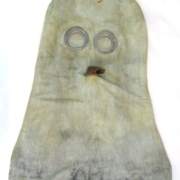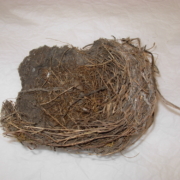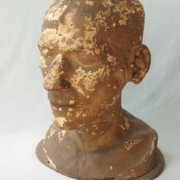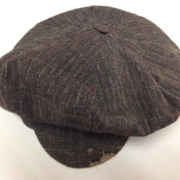Object of the Month – October 2022 – Alpine Swift
This month we’re celebrating the Lost Language of Nature project, with repair work to this alpine swift. This bird has been cleaned and had its base refreshed to help preserve it for future exhibitions, and will be on temporary display in the Museum throughout October. Alpine swifts spend the warmer months around the Mediterranean Sea and further east, or in southern Africa, and spend the cooler months in parts of east and west Africa. This one was found or killed in Hinxton, Cambridgeshire, in 1832. They are related to the common swifts we see in Britain but are noticeably bigger. Old beliefs about swifts said that they had no feet, and the scientific name of the common swift and related birds – including the alpine swift and hummingbirds – even comes from the Ancient Greek for ‘without feet’.
We’d love to hear your stories about wildlife and nature in your life – rhymes, songs, saying, or names for plants and animals that you know from parents or grandparents. Fill in one of our special postcards in the museum, or click here.
Anyone and everyone has a story to tell, and your stories will help us create more interesting and relevant displays for everyone who comes to the museum in the future.

Alpine swift after conservation work
Swift work
This alpine swift is 184 years old and needed a good clean with special smoke sponge to remove dust and dirt from its feathers. Conservation work like this is always done very carefully, trying to avoid harmful chemicals, and using techniques that can be easily reversed if needed.
We cleaned its glass eyes with rubbing alcohol (isopropyl alcohol) and a hand-made cotton swab. The dust and dirt on the feathers can allow mould to grow, which damages the feathers because it produces acidic waste products. This bird had some possible mould patches underneath its tail and on top of its right wing, which we also cleaned with rubbing alcohol to kill and remove the mould.
We removed the swift from its base to paint the base white – you can see green splashes on the bird’s feet where the base was painted green in the 1930s without removing it. Birds are attached to their stands using wires from the bottom of the feet, and we had to cut one to remove the base.

Alpine swift removed from perch, wire on right foot cut.
A new wire then needed attaching so the bird could be put back on its perch. We wound green florist’s green wire around the cut wire underneath the swift’s foot, and secured the new wire to its leg using Japanese tissue paper and conservation-grade PVA glue like tiny papier-mâché.

Alpine swift removed from perch, new wire on left foot.


